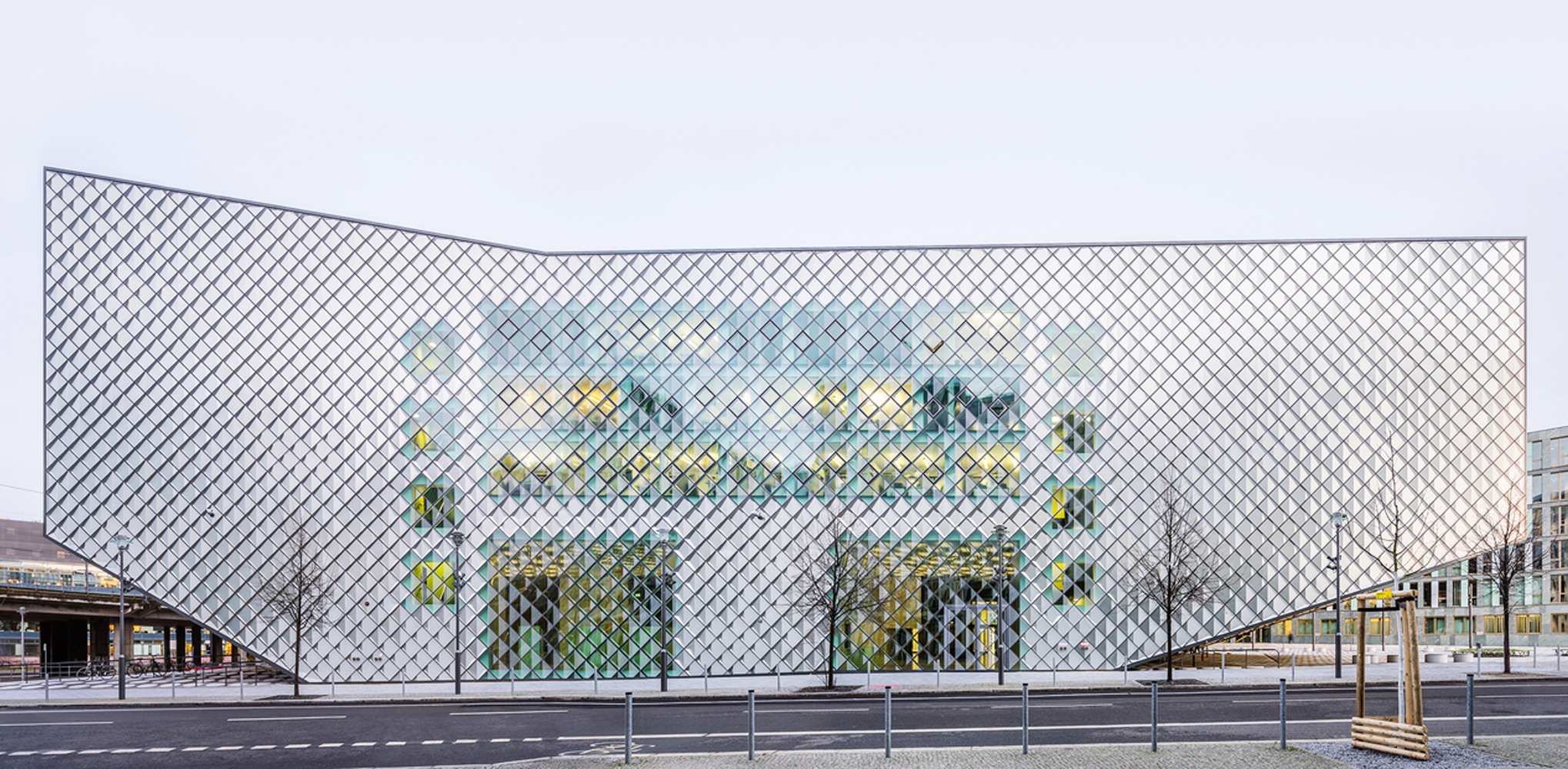Architects: Want to have your project featured? Showcase your work by uploading projects to Architizer and sign up for our inspirational newsletters.
When specifying cladding, architects are increasingly testing out novel ways to embrace local contexts and open up to outside conditions. Whether looking to take advantage of wind patterns or bring daylight into a space, some contemporary projects explore the potential of kinetic and operable façades. Modern wood façades are no exception, where building envelopes are programmed to enhance interior conditions through haptic connections and integrated systems. Each new design is made to bring out the character of timber assemblies.
Dynamic wood façades activate space, drawing out relationships between light and shade, view and void. They encourage exchange and accommodate varied levels of privacy. Adding warmth and elegance, the following kinetic wood façades were designed through studies in transparency and liminal conditions. Together, they show how we can frame new perspectives by rethinking how we connect to everyday cladding.

© Mihaly Slocombe
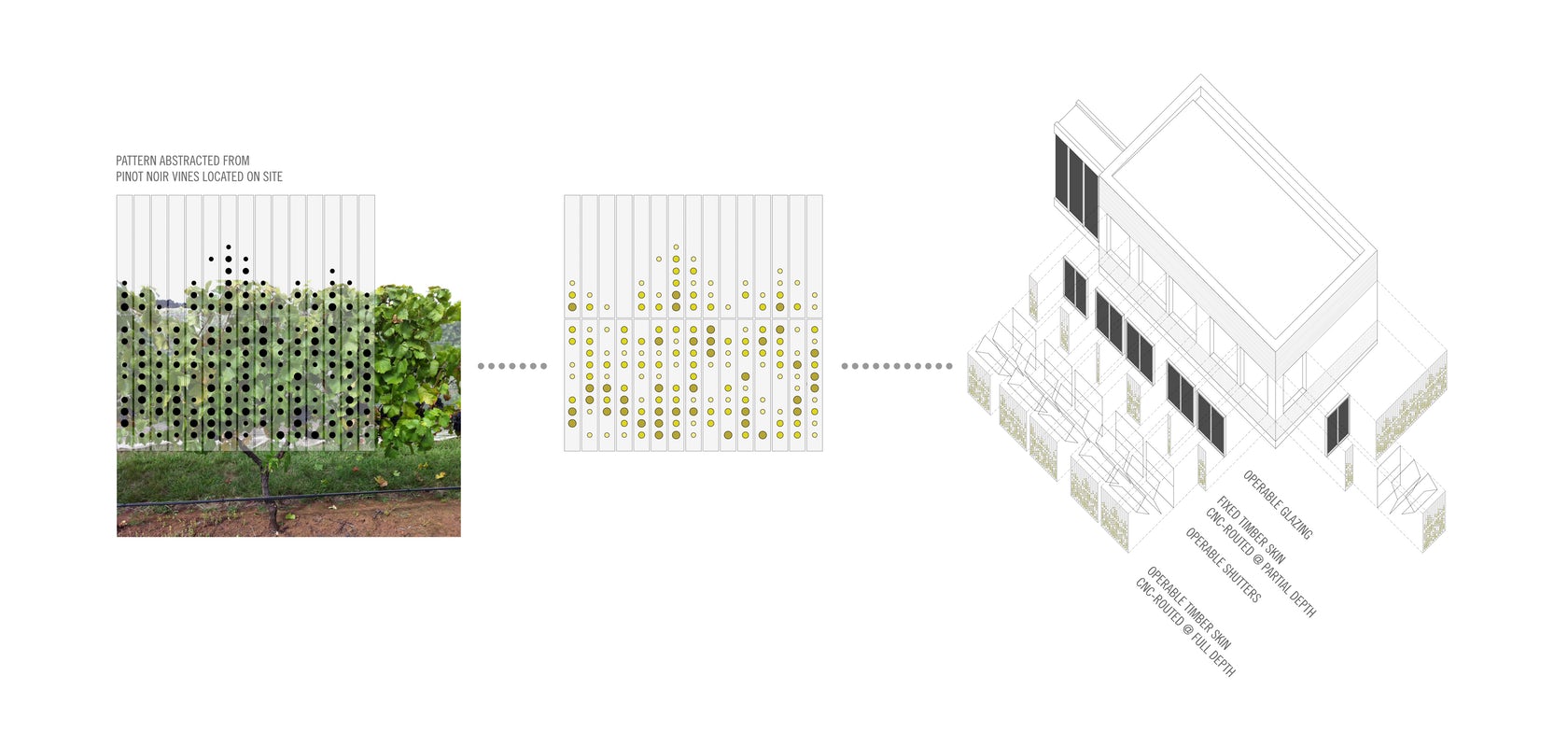
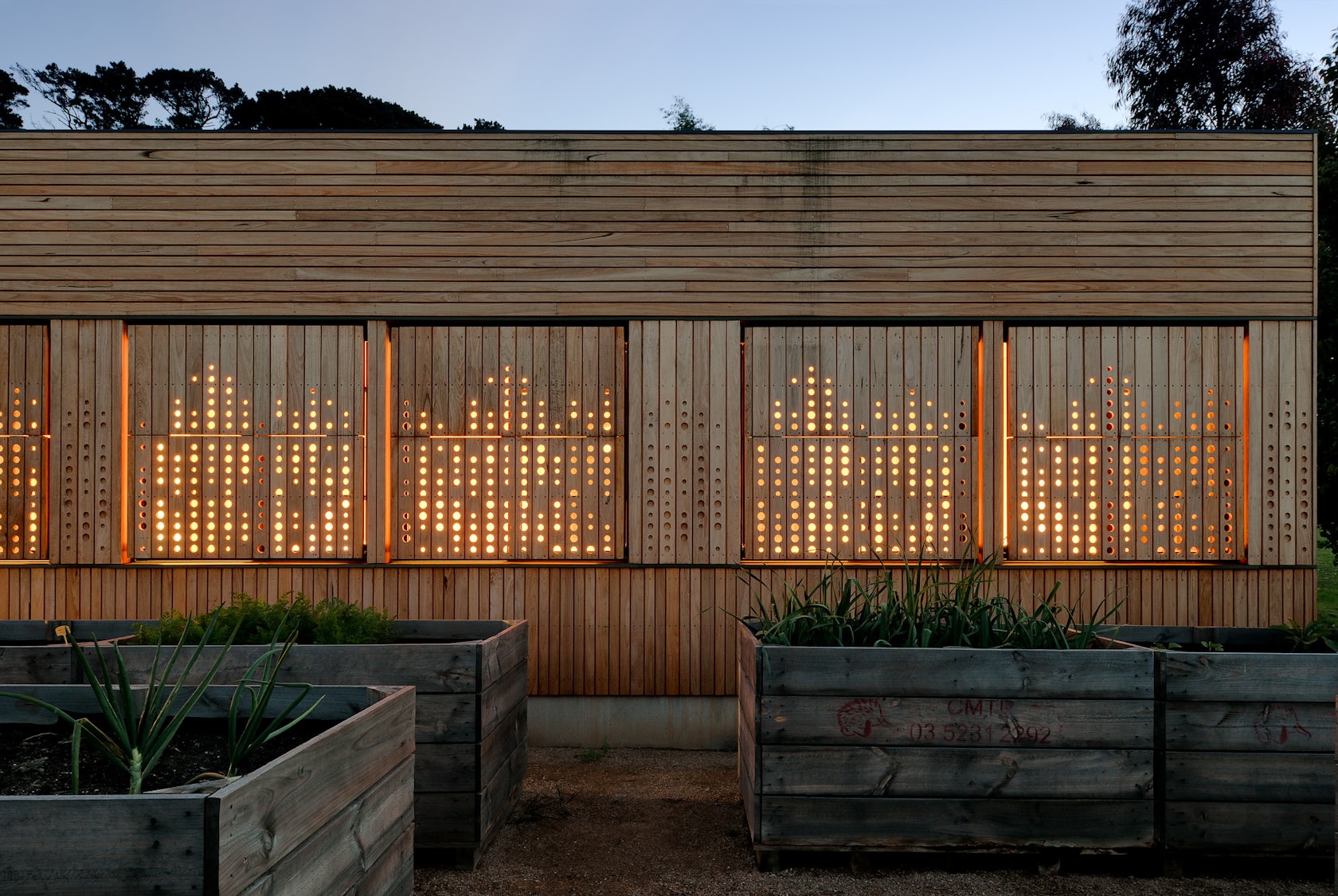
© Emma Cross
Kids Pod by Mihaly Slocombe, Merricks, Australia
Wood cladding by Radial Timber Sales
Kids Pod was built as a pavilion extension to an existing house connected to the original through a glazed bridge. Located on a vineyard towards the southernmost tip of Australia, the project’s external timber cladding reinterprets the landscape and its protective tree canopies. CNC-routed boards are mounted onto customized, operable shutters that close at night to create a glowing texture on the façade.

© Andrew Burges Architects
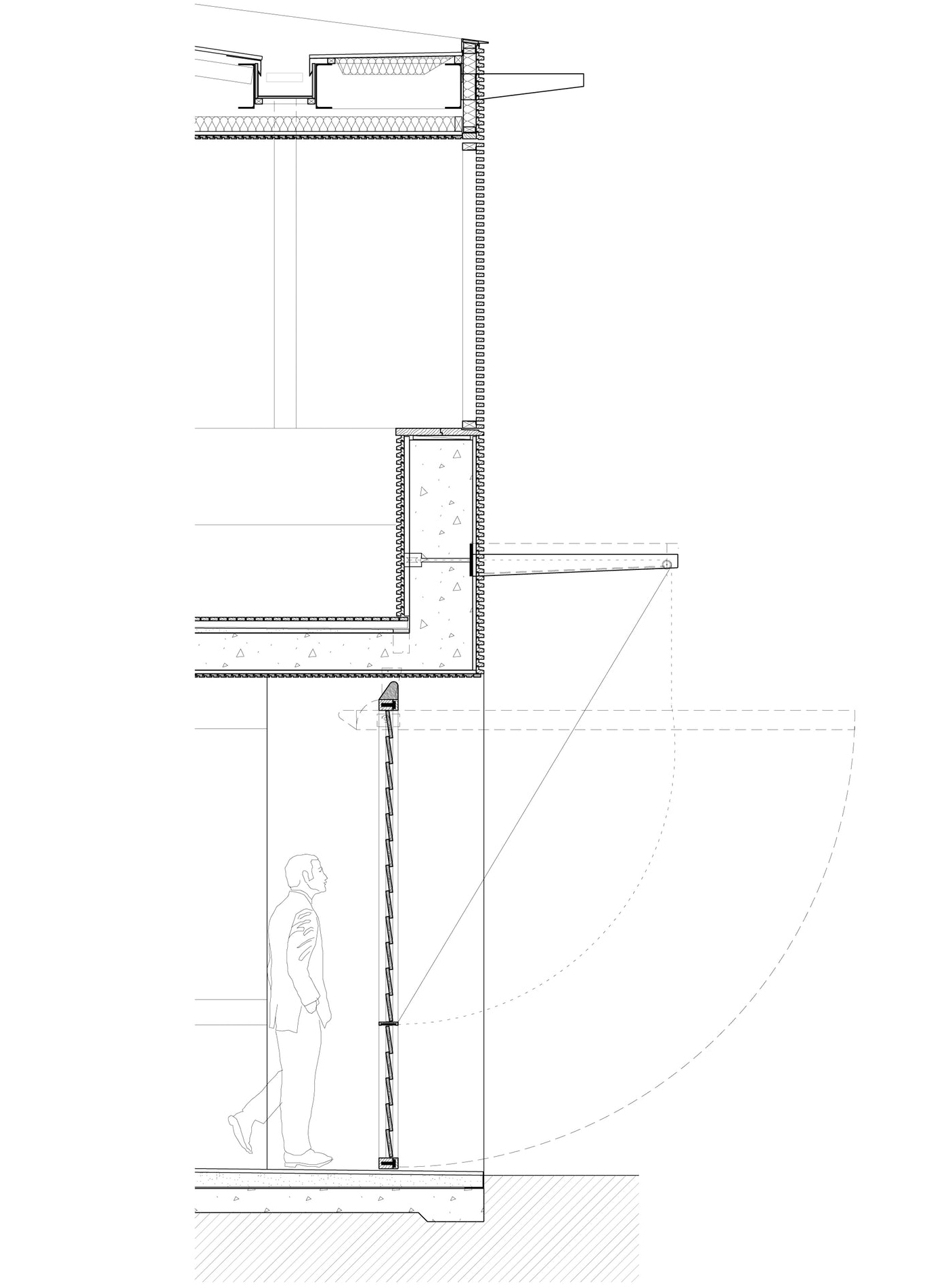

© Andrew Burges Architects
Pittwater House by Andrew Burges Architects, Sydney, Australia
Wood cladding by Australian Architectural Hardwoods PTY LTD
Created as a beach retreat for a retired couple, Pittwater House was built with a stone base and timber to recall early Palm Beach houses. The operable façade was inspired by rope and pulley systems used by the boats adjacent to the house. The envelope includes stainless steel outriggers, linear actuators and wood cladding.

© Lang + Schwärzler

© Lang + Schwärzler
Badehaus Am Kaiserstrand by Lang + Schwärzler, Am Kaiserstrand, Lochau, Austria
Wood cladding by i+R | Holzbau | GmbH
Designed as a bathhouse in western Austria, this project looks out to views of Pfaender Mountain and the Bay of Bregenz. Raised on a series of piers, the structure is connected to the coast of Lake Constance and extends a cultural promenade with kinetic wood cladding opening to lake views.

© Stijn Poelstra

© Stijn Poelstra
Recreation House in the Surrounding of Utrecht by Zecc Architecten, Utrecht, Netherlands
As a compact recreation house, this project in Utrecht was built on an existing garden house with a new structure and envelope with wood window shutters. The vertical fin façade and horizontal slats rotate to be both transparent and completely closed.
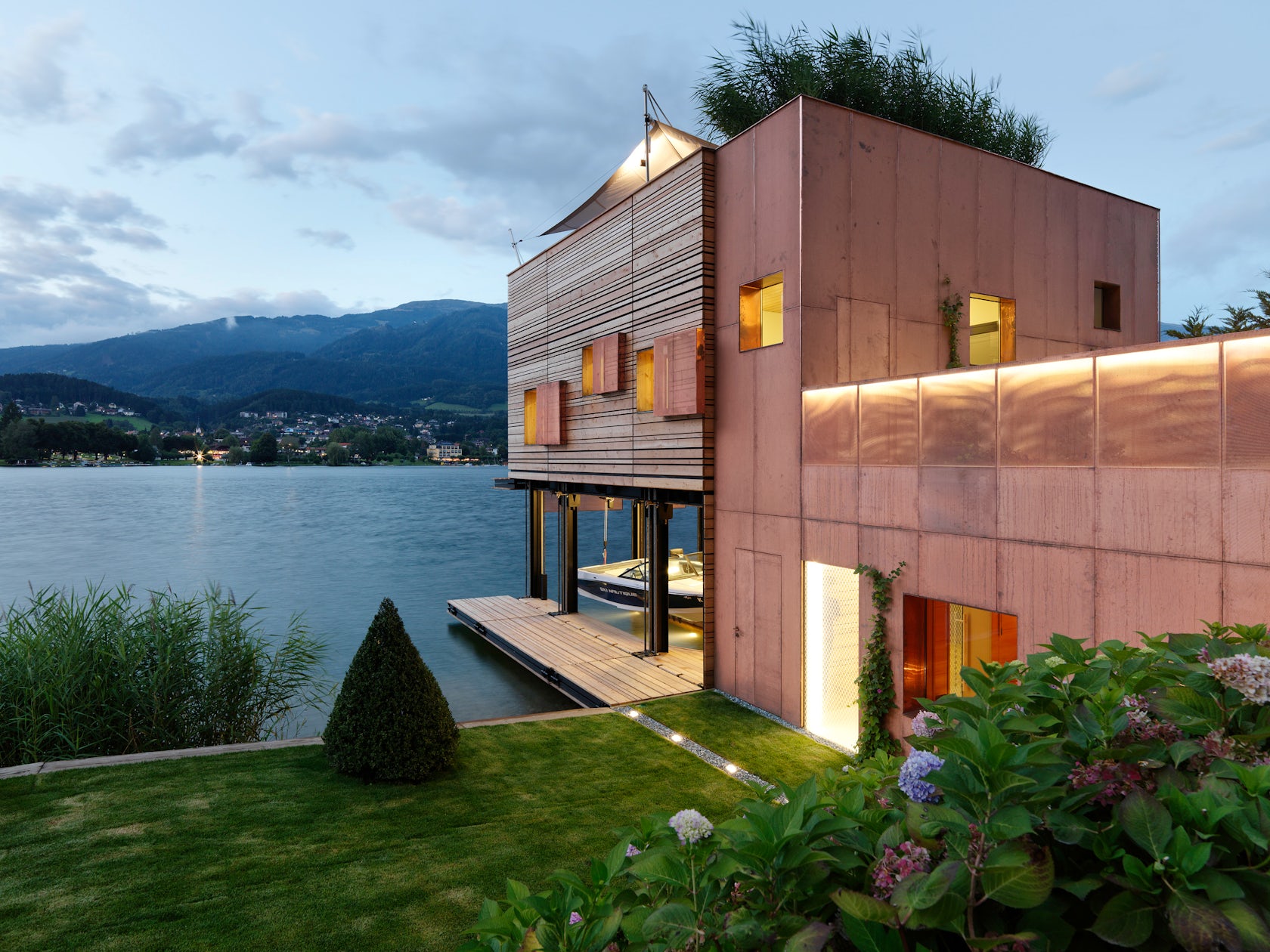
© MHM architects
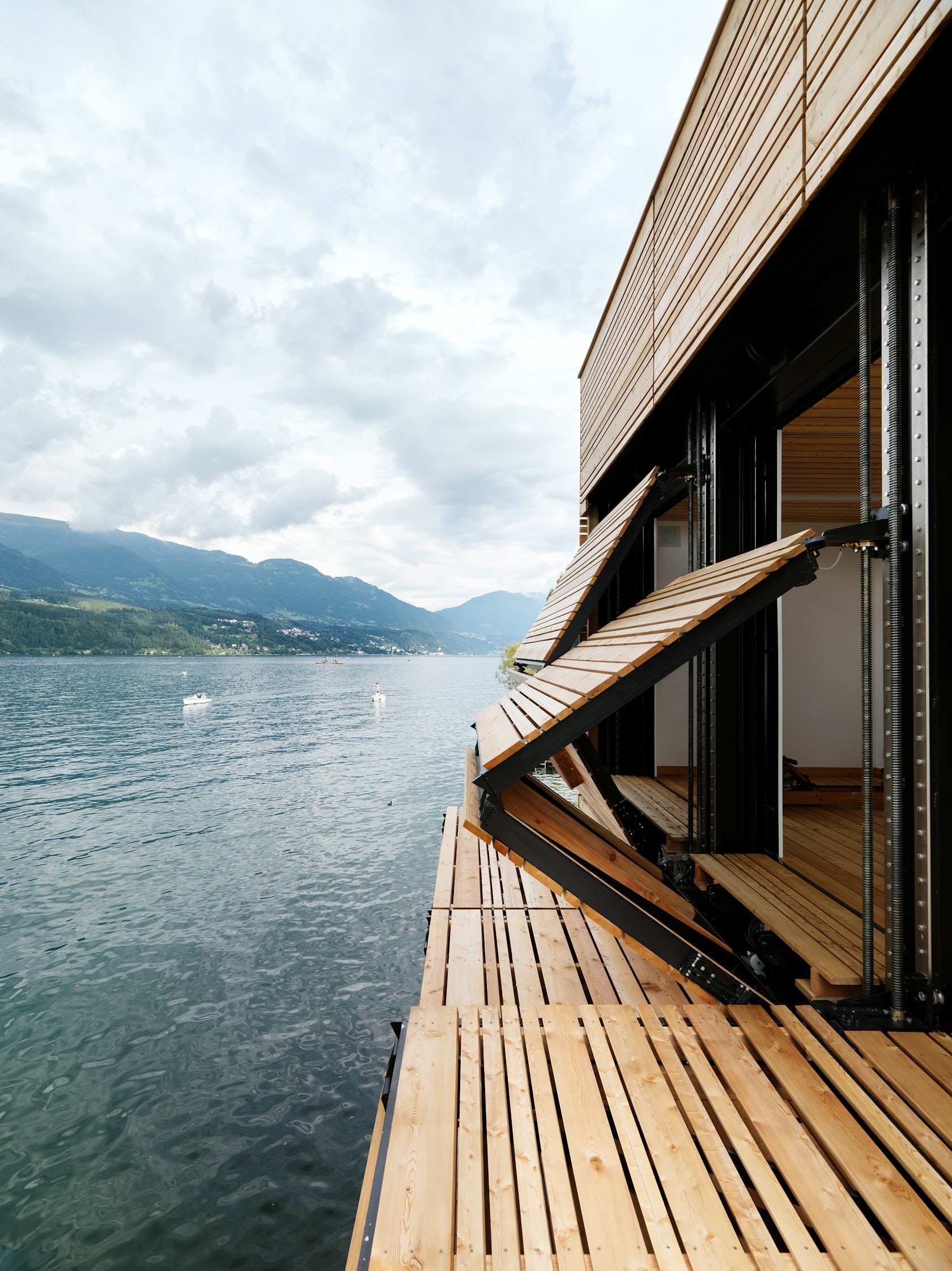
© MHM architects
Boat’s house at Millstätter Lake by MHM architects, Seeboden, Austria
Formed at the line between water and ground, MHM’s boathouse design integrates a system of folding façade cladding. The folding elements can transform into a completely horizontal, passable surface. The variability creates an iridescent impression of the building from around the lake.

© Herbst Architects

© Herbst Architects
Castle Rock House by Herbst Architects, Northland, New Zealand
Located on the crest of a seaside knoll, the Castle Rock House overlooks the coastline and a wet gully. The holiday residence was designed to challenge boundaries between nature and built form. Referencing the New Zealand “Kiwi bach,” the house manipulates traditional scale, materiality and form.

© Joao Morgado - Architecture Photography

© Joao Morgado - Architecture Photography
Quinta dos Pombais by OPERA | DesignMatters, Castelo de Vide, Portugal
Located at Alentejo, this house was oriented to views of the surrounding landscape. Built with a program that could expand over time, the home embraces Portugal’s climate through its operable cladding that extends over the roof between multiple wood façades.

© Richard Kirk Architect

© Richard Kirk Architect
Elysium Lot 170 by Richard Kirk Architect, Sunshine Coast, Australia
Crafted with standardized materials and details to help control construction quality, this residential project occupies the majority of the allowable building space onsite. Interior spaces were designed with an introspective focus, both functionally and visually. Timber was selected along the exterior that could weather naturally and open to the elements, while finishes were kept to a minimum.
Architects: Want to have your project featured? Showcase your work by uploading projects to Architizer and sign up for our inspirational newsletters.
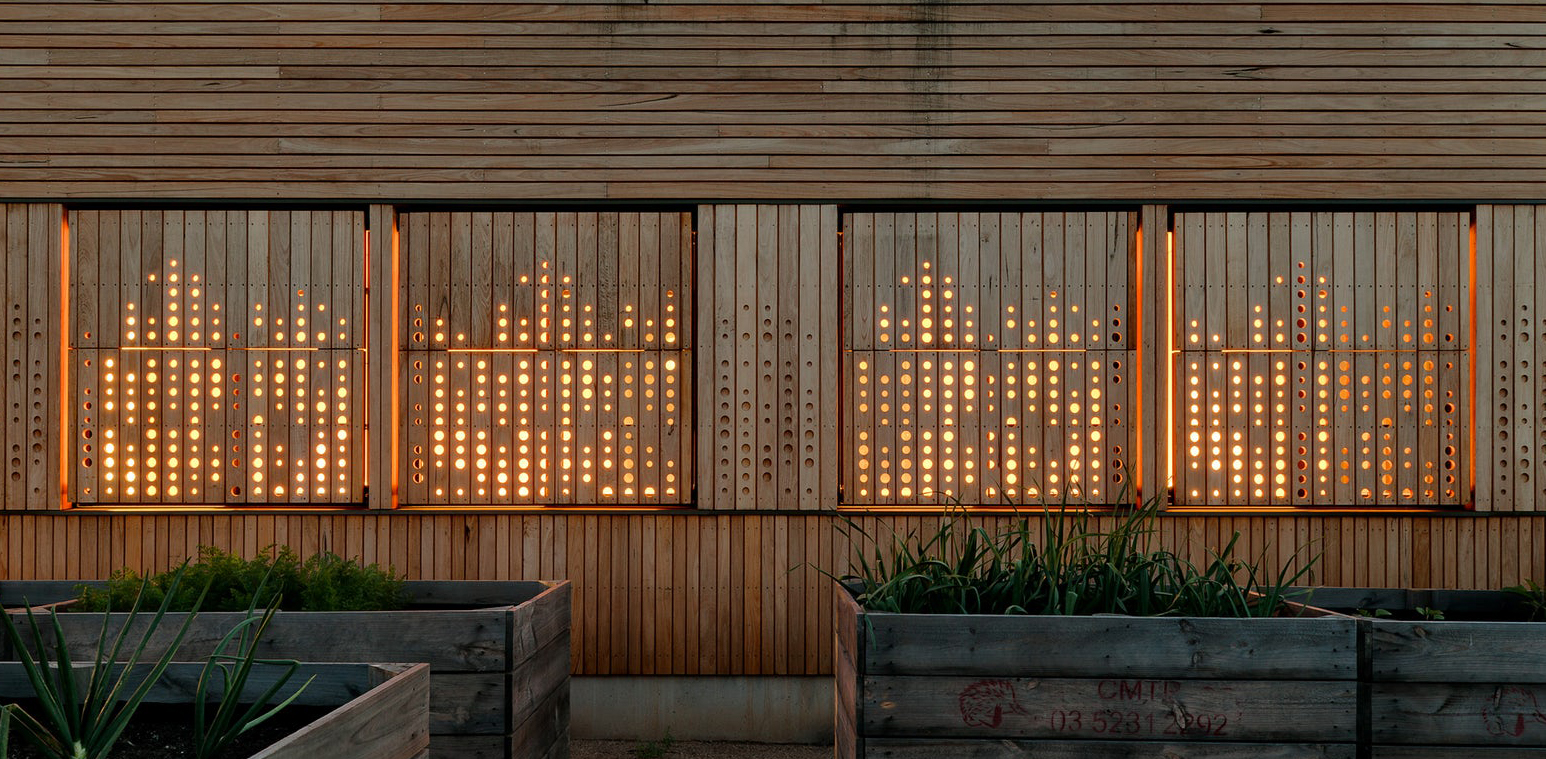
 Badehaus Am Kaiserstrand (Bathhouse)
Badehaus Am Kaiserstrand (Bathhouse)  Boat’s house at Millstätter lake
Boat’s house at Millstätter lake  Castle Rock House
Castle Rock House  Elysium Lot 170
Elysium Lot 170  Kids Pod
Kids Pod  Pittwater House
Pittwater House  Quinta dos Pombais
Quinta dos Pombais  Recreation House in the Surrounding of Utrecht
Recreation House in the Surrounding of Utrecht 
